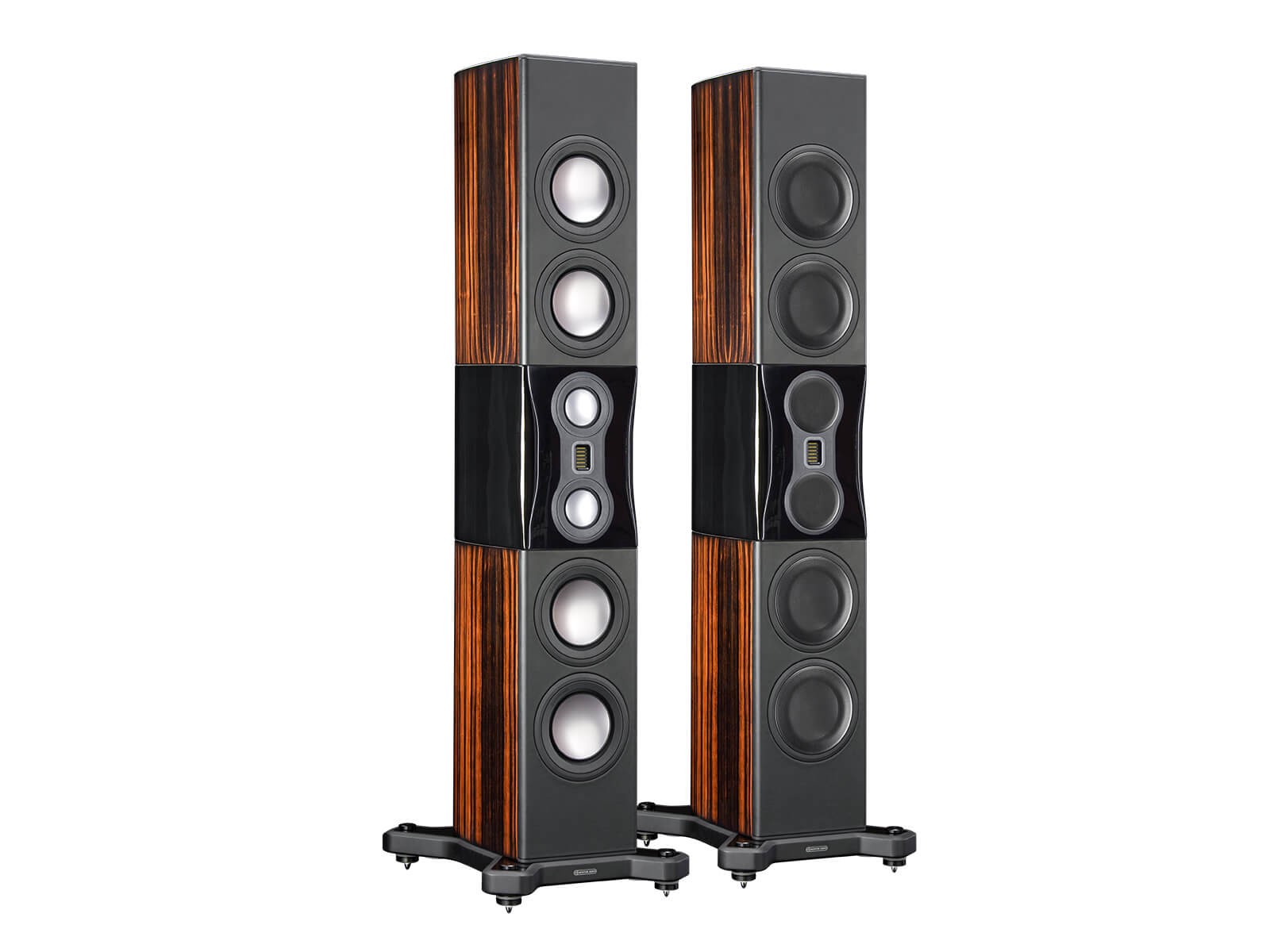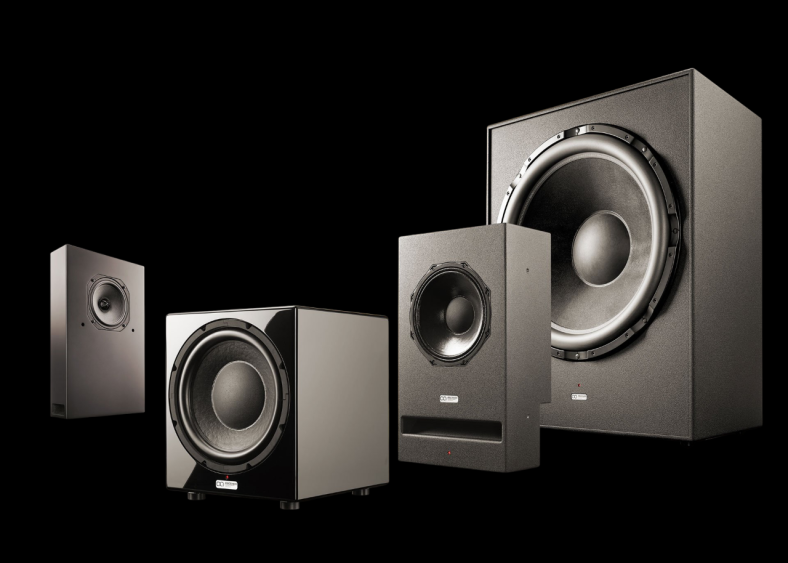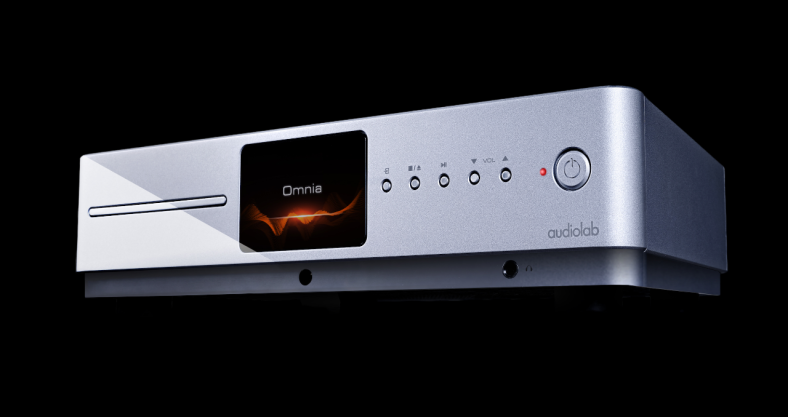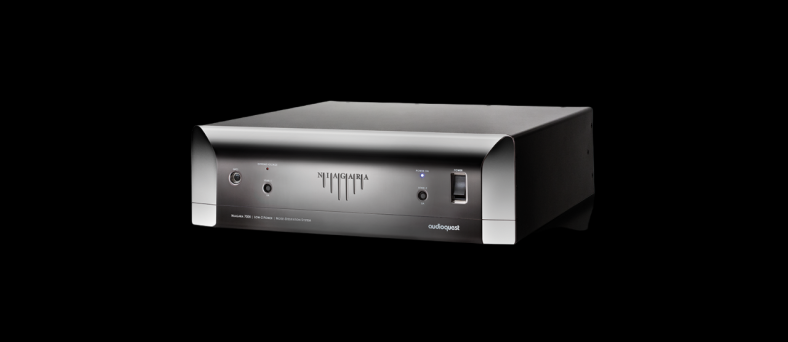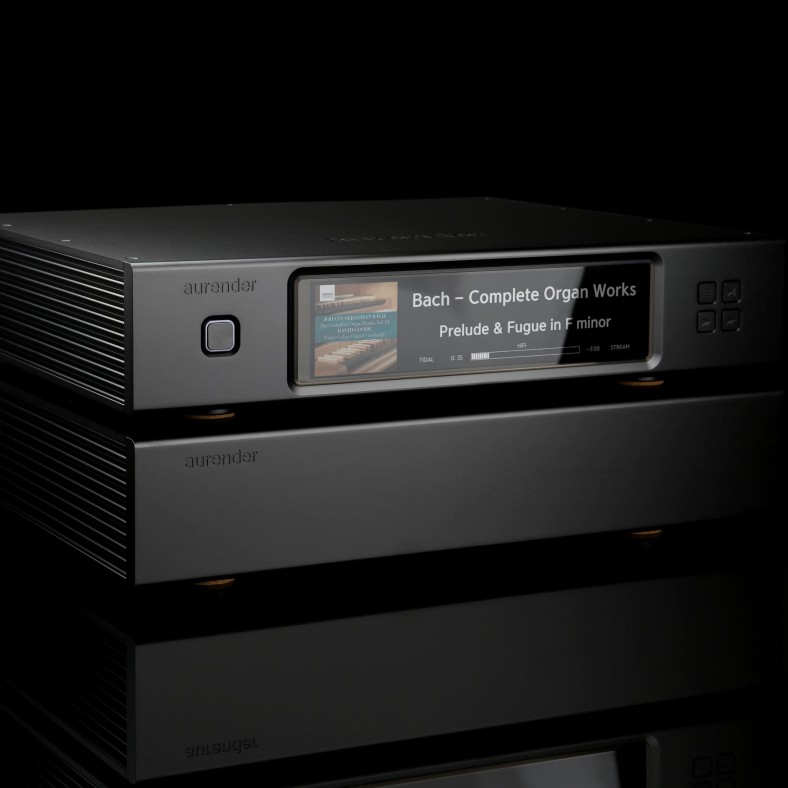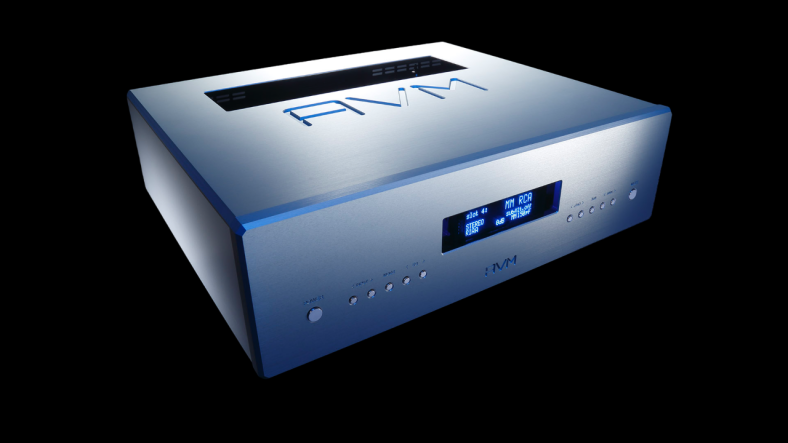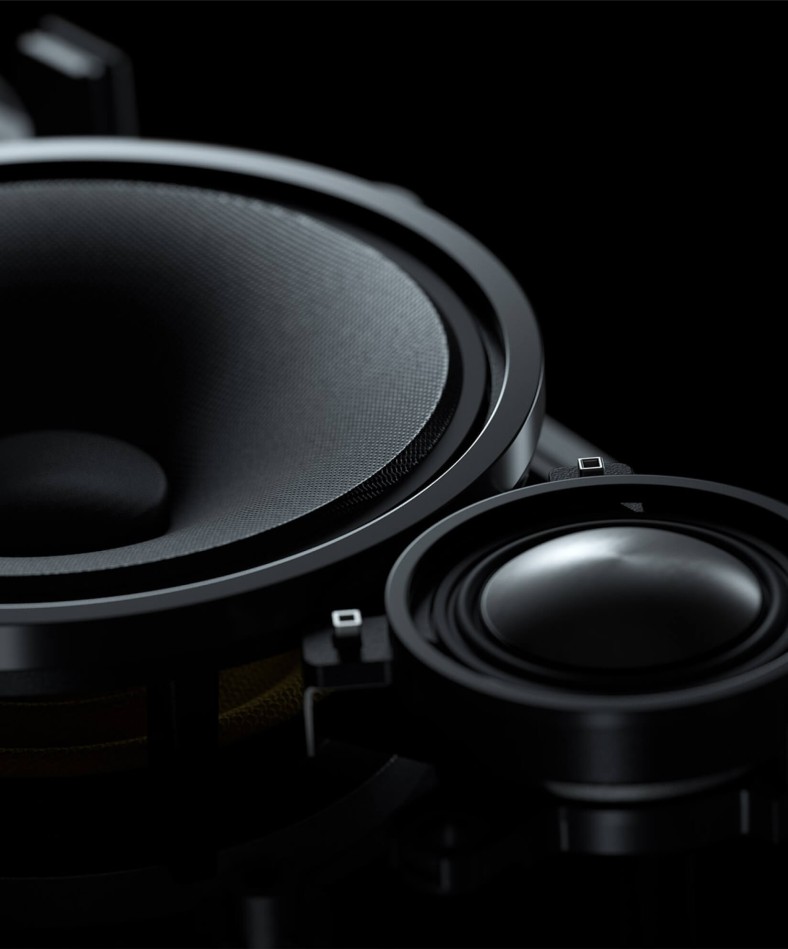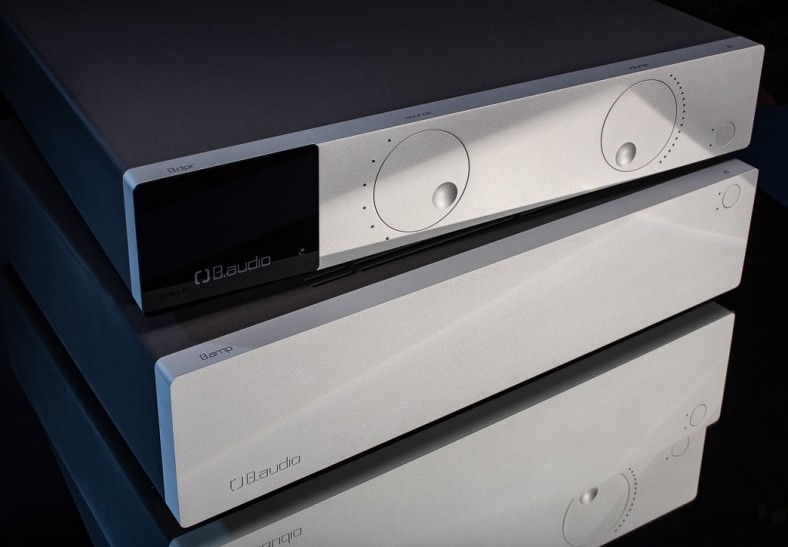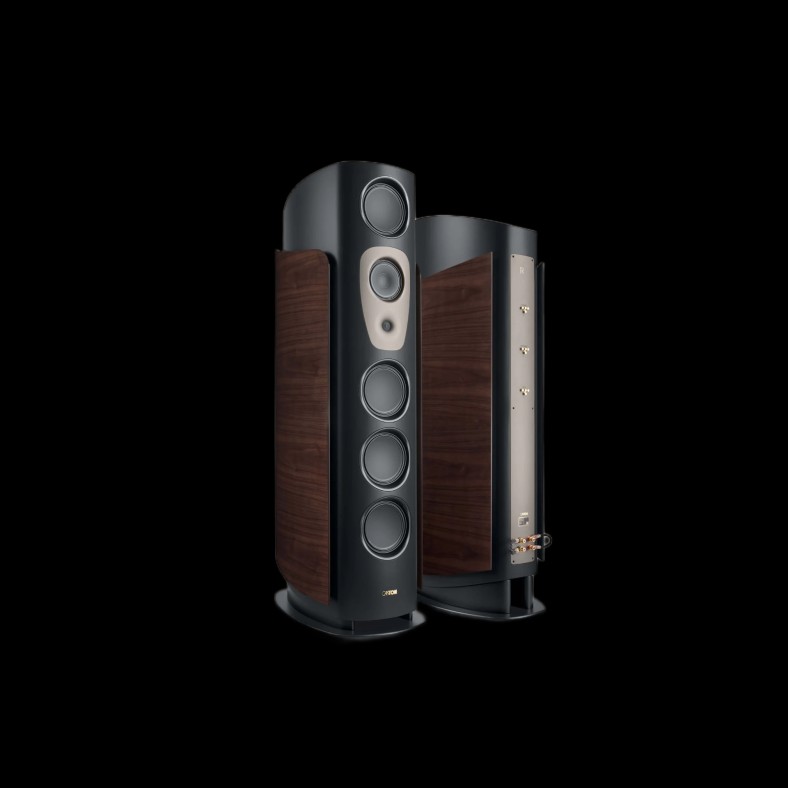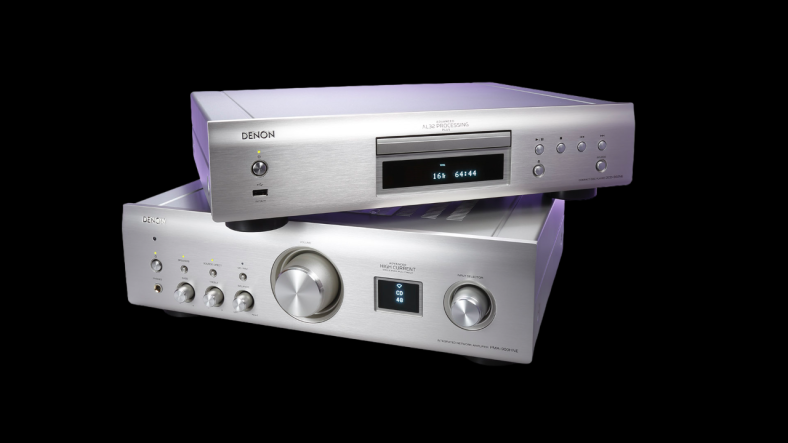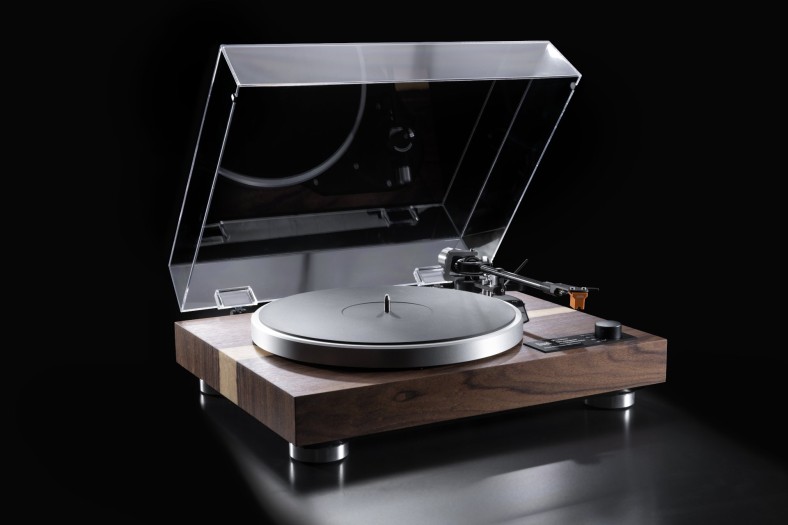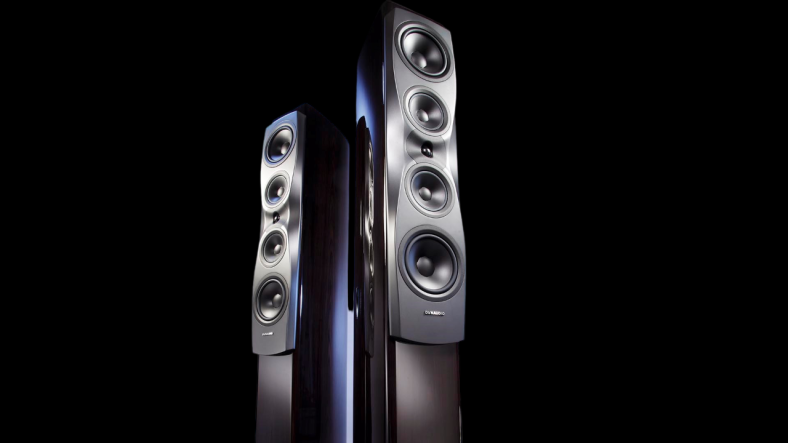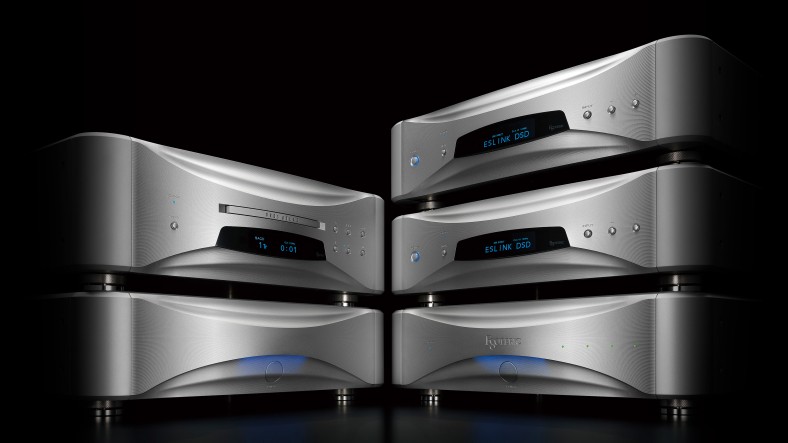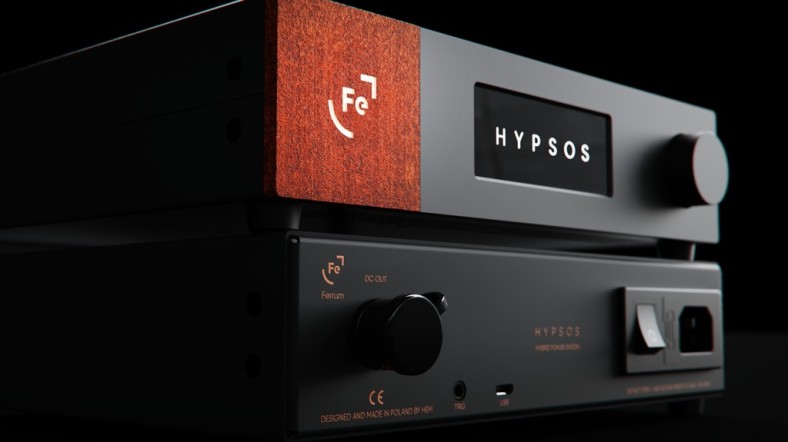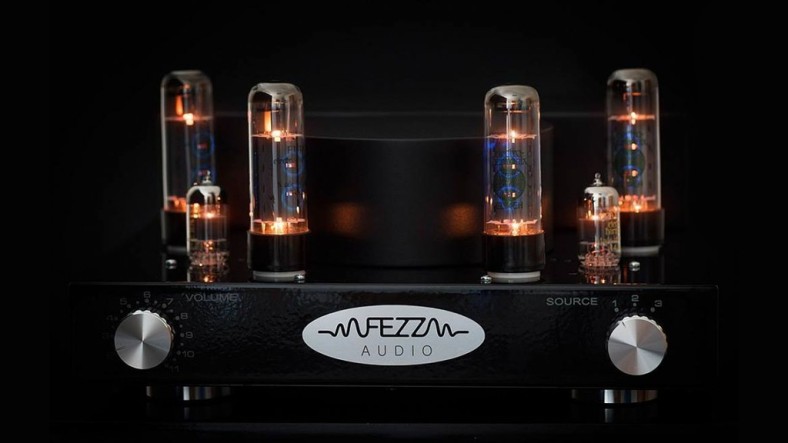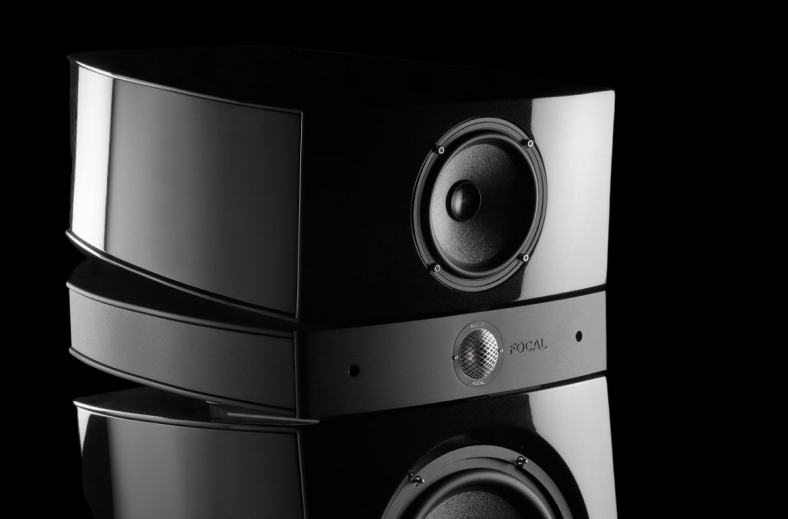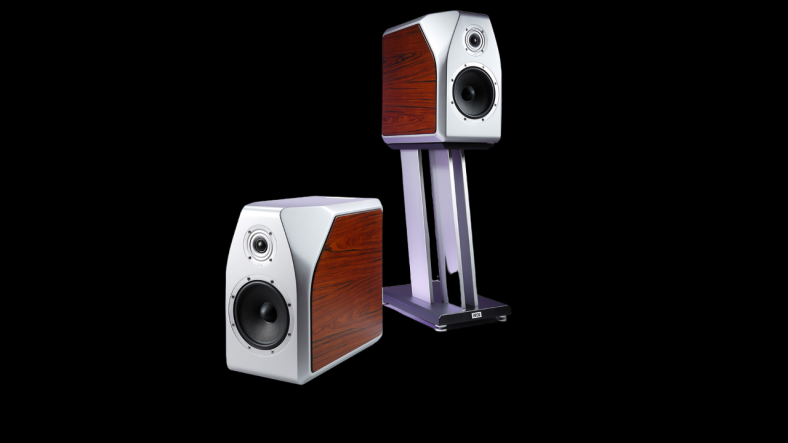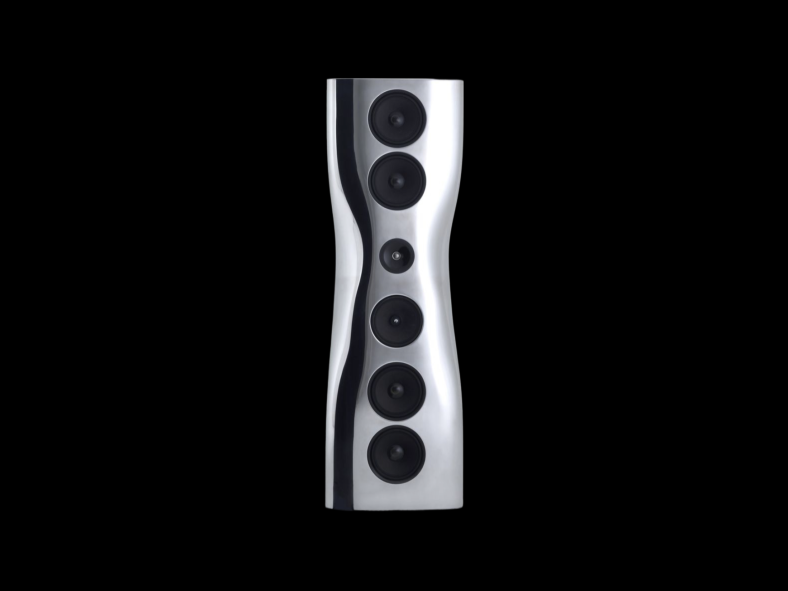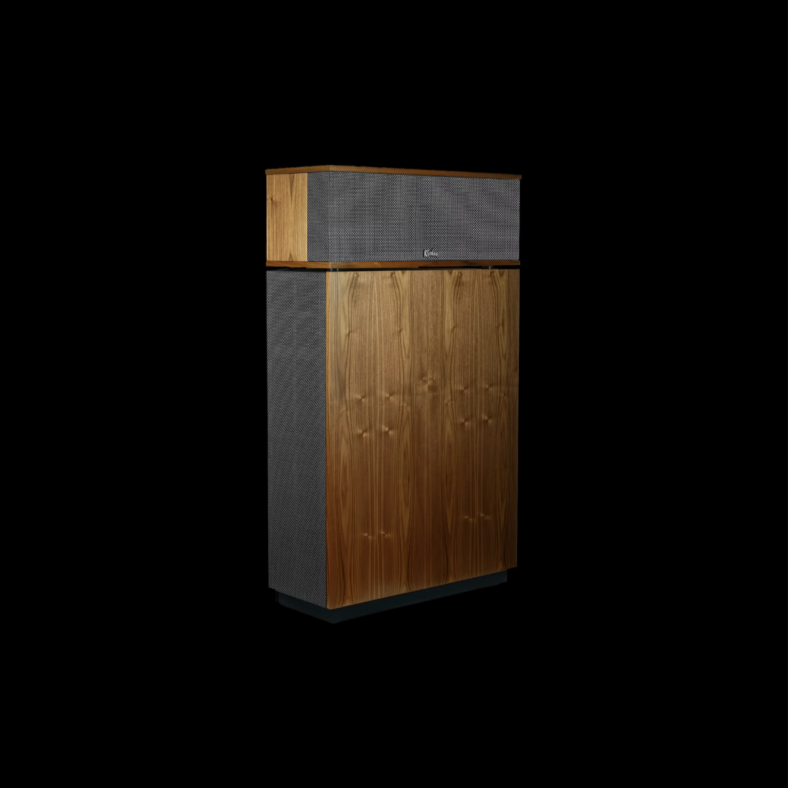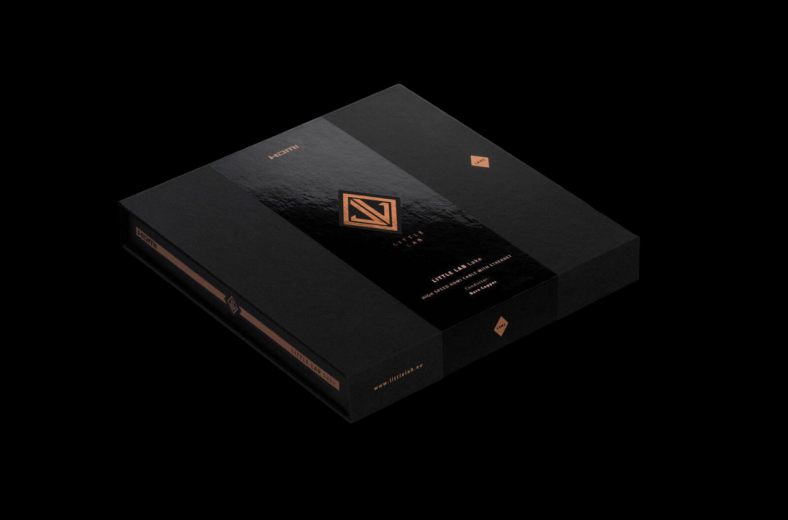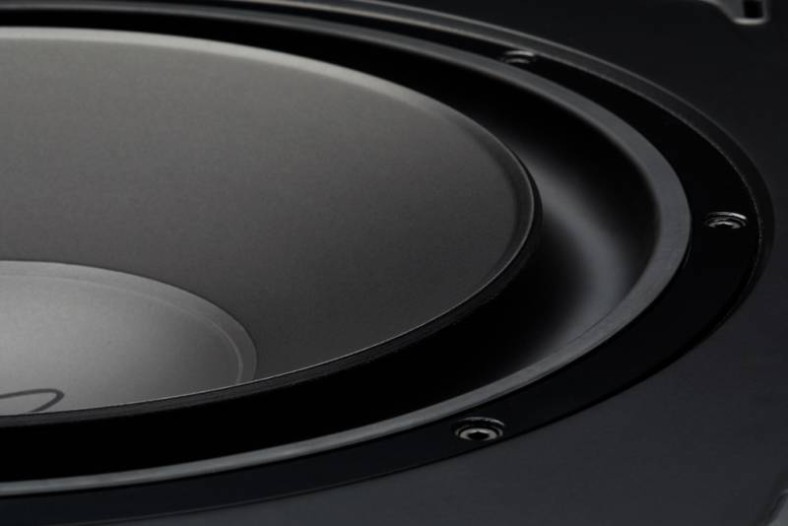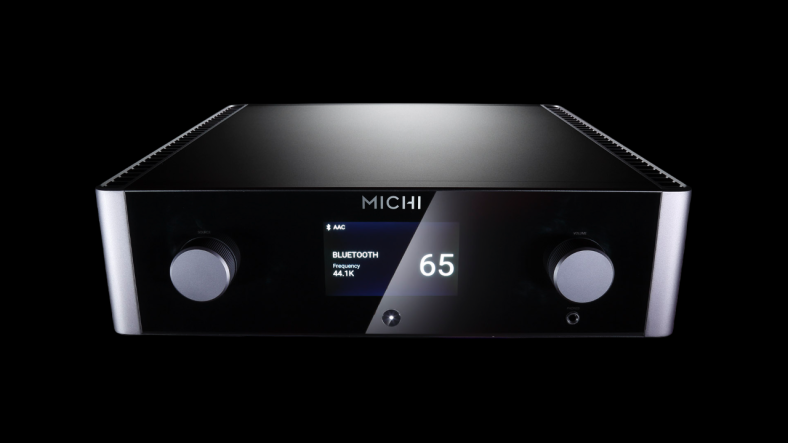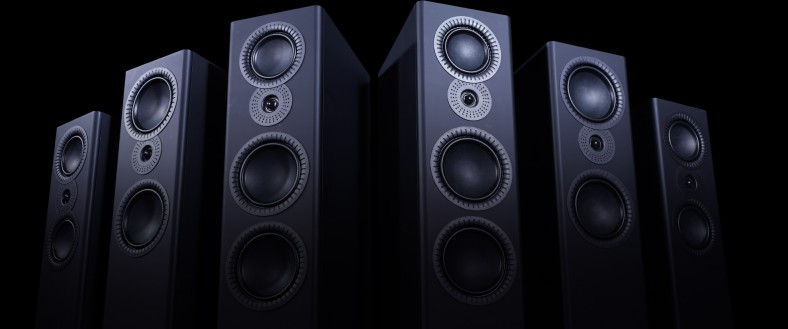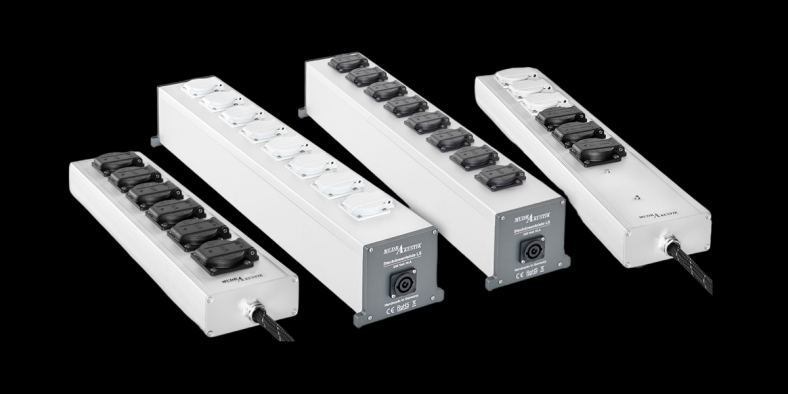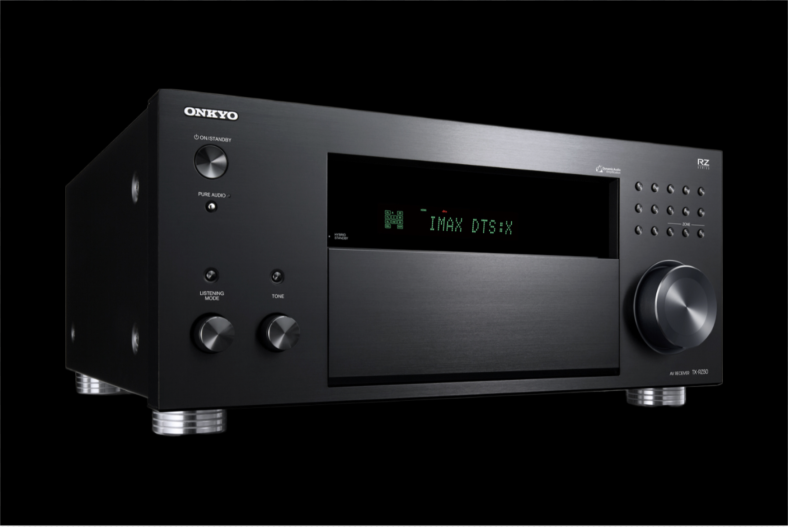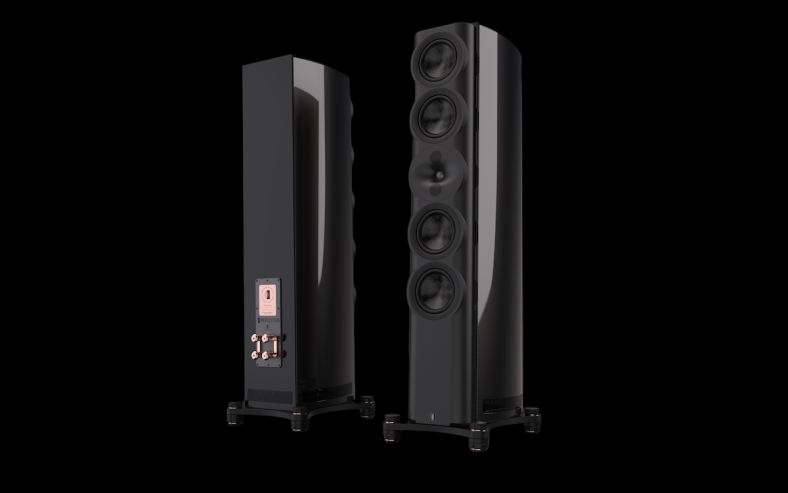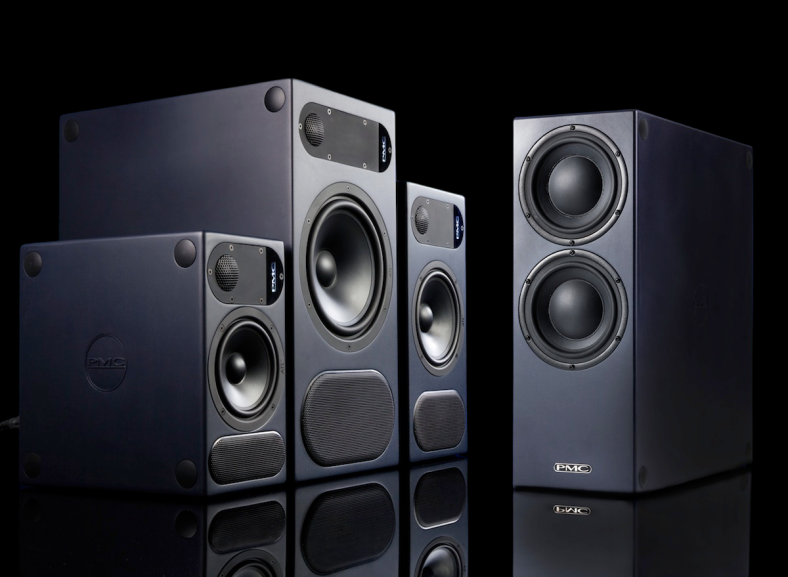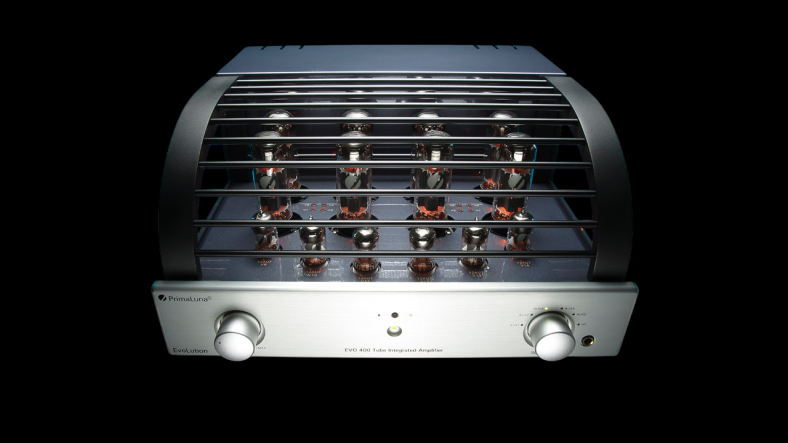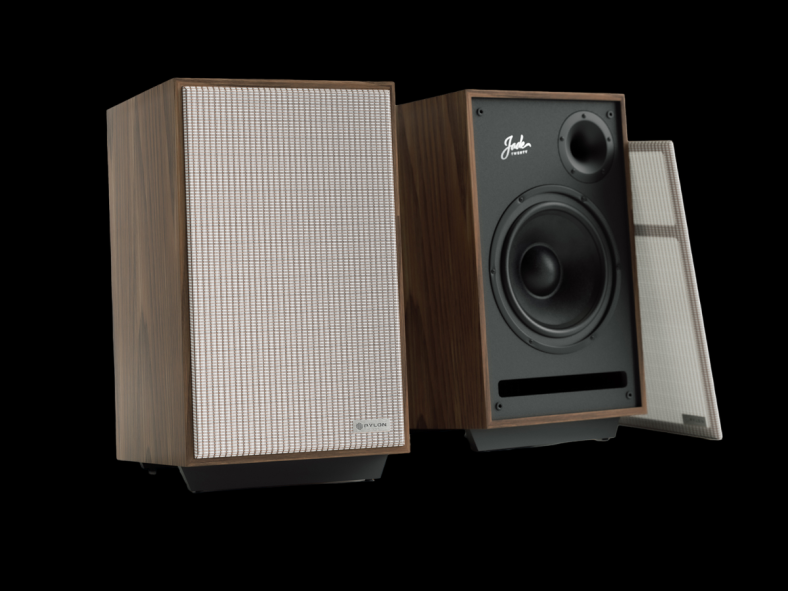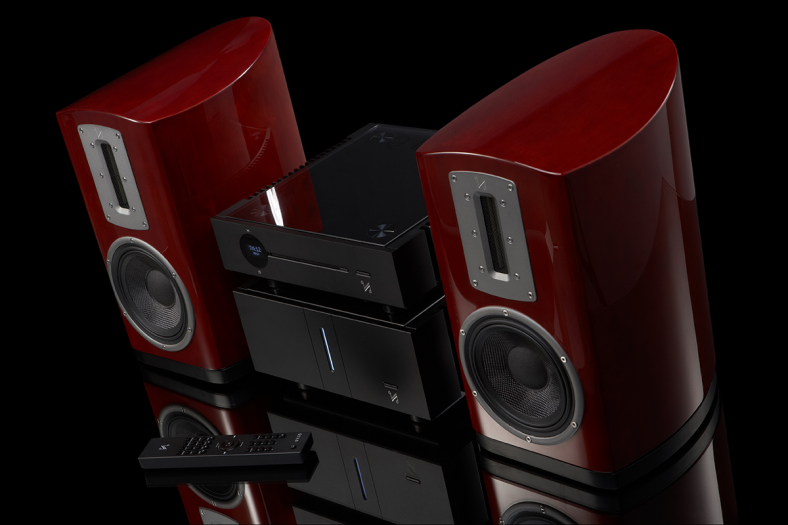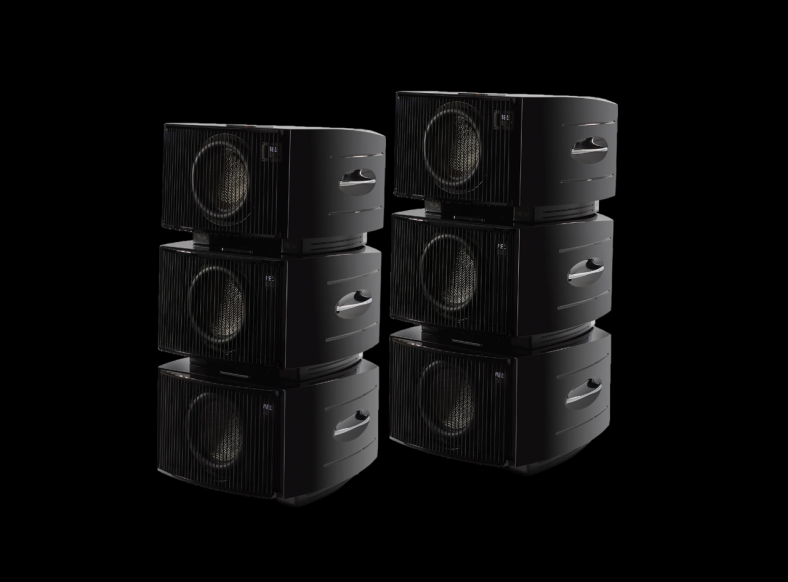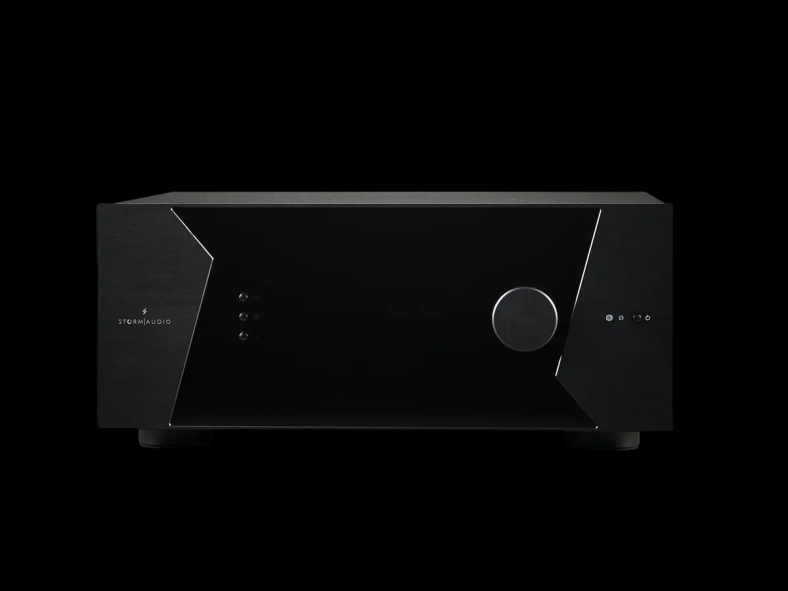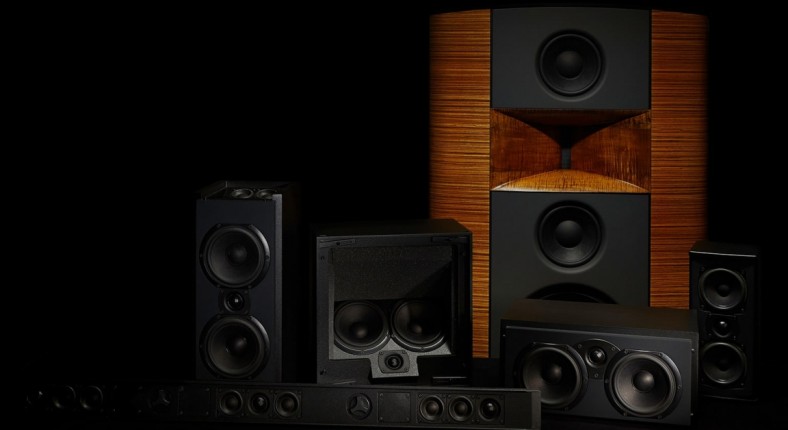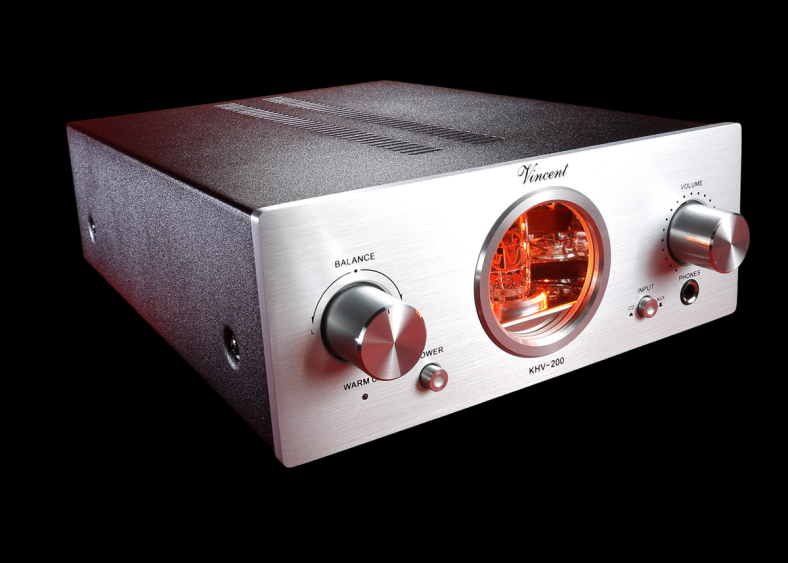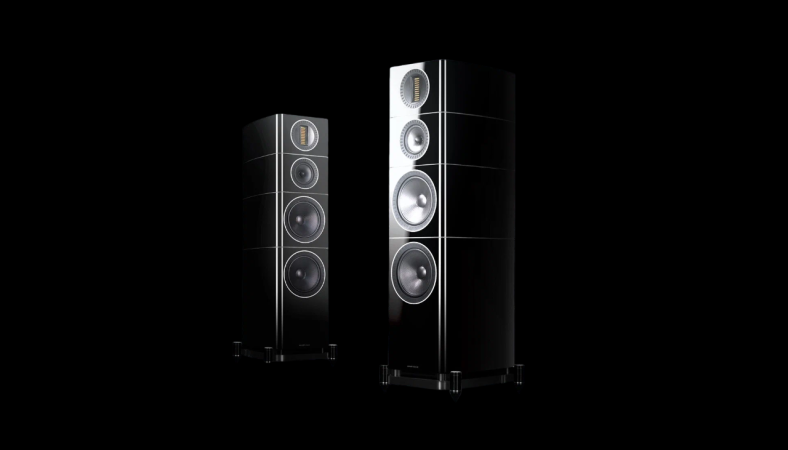The world-famous British brand was created in 1972 by three engineers who were in love with music and understood how to convey its natural sound. Their names were Mohammed Iqbal, Martin Colloms and Michael Bean. The company was initially based in Teversham, a suburb of Cambridge.
Key stages in the history of Monitor Audio:
70-80s
During these years, the company was looking for its own style, its own philosophy of sound, while making, nevertheless, very good acoustic systems, some of the models of those years are now considered rarities and are highly valued by collectors.
1972
The first Monitor Audio product was large, conventionally shelf, 3-way speakers "MA1". To install them, it was necessary to use special low stands.
The cases and speakers were bought from outside, but they did not skimp on components. Heavy cases with thick walls and the best emitters of the time from famous manufacturers were used: KEF, EMI, B&W, Peerless.
1974
The 3-way "MA3" was released, thanks to which the company entered the prestigious society of audiophile acoustics manufacturers. The speakers are 715 mm high and weigh 27 kg, they stood out with oval woofers (the shape was used to increase the diffuser area), the large size of which forced the designers to place them on the front panel diagonally. The speaker had a rigid sandwich membrane made of fabric layers with a polymer coating.
1976
Monitor Audio opened a factory in the suburb of London - Rayleigh. At that time, the company already had the capacity for a full production cycle, including cases.
Monitor Audio begins cooperation with the largest British speaker manufacturer ELAC.
1977
The "MA7" speaker system was released. This two-way monitor speaker continued the MA line, but was compact and versatile, which made the model popular among music lovers.
1979
The company decided to expand its product range by releasing a vinyl player with a direct drive and a separate power supply - "ET500". It did not develop in the future.
1986
The Monitor Audio "R852MD" appeared, developed by the famous designer Robin Marshall (leaving the company a few years later, he founded Epos Acoustic, which released the "ES14" speakers, no less legendary for their time). The first speaker system with a tweeter made of aluminum-magnesium alloy. In addition to the signature feature - the alloy composition, the new high-frequency emitter was very well protected from temperature compression. Improved heat dissipation was achieved by using a metal dome, ferro-fluid in the magnetic gap, a metal frame for the voice coil and an additional ventilation system.
1988
The company's engineers improved the metal HF emitters, which led to the emergence of a new technology called "Gold Metal Dome" (later - Gold Dome C-CAM). Technically, the innovation allowed "pushing" the first resonance of the tweeter dome to the 35 kHz region, i.e. far beyond the boundaries of human perception. A characteristic feature of these tweeters was the golden shine of the anodized alloy from which the loudspeaker was made. Contrary to popular belief, there is naturally no gold there.
1989
Monitor Audio created a sandwich diffuser based on metal and ceramics (the predecessor technology of C-CAM membranes). The "Studio 10" system became the first product with ceramic-metal drivers. The bookshelf two-way acoustics were positioned as studio ones, and won over not only professionals, but also music lovers not connected with the recording industry.
90s
Despite truly unique innovations for their time, the company did not always successfully show itself in the consumer and professional audio market during these years. In the mid-90s, the company went through a series of measures aimed at improving its marketing strategy. In particular, the company logo was changed to MA and the slogan “As close as it gets” appeared.
1991
The first speakers with C-CAM diffusers were introduced: an aluminum-magnesium alloy with a ceramic coating, distinguished by “extremely” high strength and lightness. C-CAM is a key Monitor Audio technology that has determined the appearance and sound of acoustic systems for many years up to the present day.
1995
The Studio 20SE floorstanding speakers were released, shortly after the Monitor Audio rebranding. The sound from the 1" gold-plated aluminum dome tweeter and 6.5" ceramic-coated aluminum-magnesium cone woofer is so open and detailed that these speakers needed electronics to match.
1996
"Needs sand filling... and a big room!" Back when speaker cabinets needed to be weighed down with sand, that's what audiophiles did. The PMC703 was one of the "Profiled Metal Cone" models, and came into its own after being properly weighted and given a 24-hour burn-in period. It played music "with confidence and clarity," demonstrating bass tightness, dynamics, liveliness, and timing that earned it a five-star rating from "What Hi-Fi?" in the summer of 1996.
1997
The company was bought by a group of private investors investors, one of whom, Andrew Flat, later became its owner. The research and development department was headed by a talented young engineer, Dean Hartley.
Monitor Audio "Monitor 2 Gold" demonstrate "phenomenal purchase value", they were easily driven by entry-level amplifiers, were truly euphonious and had now traditional solid cases made of natural wood.
1998
The invented and implemented pyramid of series, which has remained relevant today, although some floors-series have already changed up to 7 generations.
Monitor (previously called Monitor Reference) - the basic class, with high fidelity of reproduction. Previously, in this category, the decor was absolutely minimalistic. Since this year, in order to attract young people, the manufacturer has offered colored speaker diffusers.
Bronze - high-quality sound, as well as a memorable design and relatively generous finishing, for people who value the correspondence of form and content.
Silver - premium class, where technologies go beyond the classical ideas about high fidelity of reproduction, i.e. taking into account even minor nuances. Finishing with status materials (natural veneer, varnish).
Gold ‒ uncompromising, with the maximum possible components, can be called High-End without exaggeration.
Platinum ‒ the best that the company could do, impeccable acoustics, turned into a luxury item and hand assembly.
2000
Monitor Audio completely moved to Raleigh, where the company's headquarters and product development departments are still located.
David Hobbs joined the team, who became the "face" of Monitor Audio in the international arena. Guided by the strategy of "the right model at the right time and at the right price", the new management led the company along an upward curve - in ten years the company's turnover has grown by an order of magnitude.
2004
The company launches production in China.
2005
Monitor Audio became the first major Hi-Fi manufacturer to produce an audio system with an iPod dock.
2007
The company's signature "Platinum" range was designed.
2008
The £5,000 "PL300" was not only special because of its exceptional sound (prompting "What Hi-Fi?" to declare it "one of the best speakers we've ever heard"), but also because of its fundamental design. These speakers were among the first to use Monitor Audio's signature ribbon tweeter and cone-shaped woofers with aluminium and magnesium shells. These shells were divided and damped with a honeycomb core with "Nomex" resin, which Monitor Audio called "Rigid Diaphragm Technology". The enclosures were also new, made of a well-damped mineral-saturated polymer.
2010
Monitor Audio partially changed its strategy, but did not stray from its roots. The company once again changed its logo and slogan - "Design for Sound", and also concentrated part of its capacity on products in the "Lifestyle" category (Airstream wireless system, a new generation of I-Deck, Mass and Shadow home acoustics, WS100 wireless speakers and a number of other products).
2016
Roksan became part of the company.
2018
The company uses the "BluOS" platform for multi-room audio.
2019
Monitor Audio bought out the manufacturer of AV racks - "Blok".
2020
Monitor Audio is still a privately held company registered in the UK.
Monitor Audio today
Today Monitor Audio demonstrates a very wide range of audio components. In addition to a wide variety of acoustics: the company's standard lines - "Bronze", "Gold", "Hyphn", "Platinum", "Silver", soundbars, home theater speakers, outdoor speakers and installation products (amplifiers, speakers, subwoofers). The model range includes several original solutions - a series of thin designer speakers "Radius" and flat picture speakers "Soundframe", satellite series "Apex" and "Mass".
A modern laboratory of technical acoustics "Acoustic Engineering (AEL)" at the plant in Tottenham (Monitor London) carries out the entire cycle of research and development. It has a mechanical workshop where prototypes and templates necessary for serial production are created, as well as an anechoic chamber and a fully equipped laboratory where prototypes are studied during development. It is here that the company carries out all the development phases of its original metal dome speakers, culminating in the anodized ribbon speakers of the "Platinum" series. The exact details of the anodizing process are one of the company's most important know-how, and the main advantage of its use is the increased rigidity of the dome diffuser.
All Monitor Audio products are currently manufactured in China. The company calculated that if production were moved to Europe, the price would increase by 80%, and the quality, contrary to popular belief, would deteriorate. However, working with Asian partners is difficult, although the result largely depends on the initial correct choice of a reliable supplier, and this is where the quality control system comes into play.
For example, there are 31 quality control employees for every 100 assembly line operators, that is, one inspector for every three workers. The workshops of the former factory in Raleigh today accept boxes with finished products. The last check remains, 8 copies of each finish from the batch are subject to careful visual and instrumental control. Returns are tenths of a percent, and the most common defect is a loose terminal of the internal wiring, which usually occurs due to careless handling during transportation. The company even had to develop special packaging that guarantees that neither the case nor its filling will be damaged if dropped from a height of one meter.
Thanks to investments, intuition and innovation, today Monitor Audio is a manufacturer of more than ten world-famous series of acoustic systems, has about 40 distributors around the world and 85 authorized dealers in the UK.
What you can always count on when dealing with Monitor Audio is progress and development of new ideas, supported by a dedicated team. All this is aimed at confirming the impeccable reputation of the company and the quality of its products.
